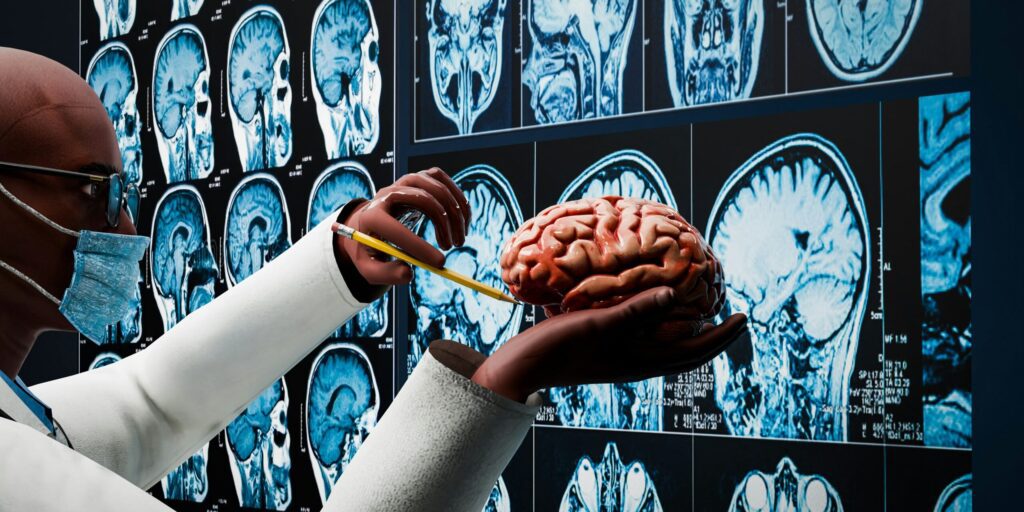The Society for Neuroscience (SfN) kicked off its highly anticipated annual meeting in San Diego on Saturday, November 15, 2025, bringing together thousands of researchers, clinicians, and innovators to explore the latest advancements in brain science, neurodegenerative diseases, and neurotechnology. This year’s conference is particularly notable for the range of groundbreaking research being presented, highlighting significant strides in understanding and treating conditions such as Alzheimer’s, Parkinson’s, and spinal cord injuries.
Among the key topics discussed at the conference are novel imaging techniques that allow for more precise visualization of brain structures and functions. These advancements are helping researchers better understand the brain’s intricate networks, which is crucial for diagnosing and treating a variety of neurological disorders. New imaging technologies are also aiding in the development of more targeted therapies, allowing for a more personalized approach to treatment.
Another area of intense focus is gene-therapy approaches aimed at treating neurodegenerative diseases like Alzheimer’s and Parkinson’s. These diseases, which involve the progressive degeneration of nerve cells, have long posed significant challenges for researchers. However, recent breakthroughs in gene therapy are showing promise, offering potential treatments that could slow or even reverse the damage caused by these conditions. Researchers are optimistic that these new therapies could eventually provide effective solutions for patients, though they note that rigorous testing and refinement are still required before these treatments can be made widely available.
In addition to these medical advancements, the conference also spotlighted exciting developments in neuro-engineering. Researchers are exploring ways to restore brain function after injury, such as through the use of brain-machine interfaces and advanced prosthetics. These technologies are showing great potential for individuals who have suffered from traumatic brain injuries or other neurological impairments. The goal is to create devices that can seamlessly integrate with the brain’s neural pathways, allowing for the restoration of lost functions such as movement or communication.
One of the most significant trends emerging from this year’s conference is the convergence of neuroscience with machine learning and wearable technology. The integration of artificial intelligence and wearable devices with brain research is accelerating the translation of laboratory findings into real-world applications. For example, AI is being used to analyze vast amounts of neurological data to identify patterns that can inform treatment strategies. Wearable devices, such as neuro-stimulators and brain-wave trackers, are also being used to monitor brain activity in real time, providing valuable insights into the effects of therapies and helping to fine-tune treatments.
While these technological advancements are exciting, leading researchers at the conference emphasize that human clinical trials remain the critical bottleneck in translating these innovations into accessible treatments. The path from laboratory research to practical, FDA-approved therapies is long and challenging, and many researchers stress the importance of continuing to invest in clinical trials that will ultimately determine the safety and efficacy of these new treatments.
Overall, the SfN annual meeting in 2025 serves as a powerful reminder of the remarkable progress being made in the field of neuroscience. The combination of new imaging technologies, gene therapies, neuro-engineering innovations, and the integration of AI and wearable tech is rapidly transforming our understanding of the brain and how to treat brain-related diseases. As these technologies continue to evolve, the hope is that they will lead to more effective treatments for patients and ultimately improve the quality of life for millions of people worldwide suffering from neurological disorders. However, as the field continues to progress, the emphasis on clinical trials and human testing remains central to ensuring that these advancements can be safely and effectively applied in clinical settings.


